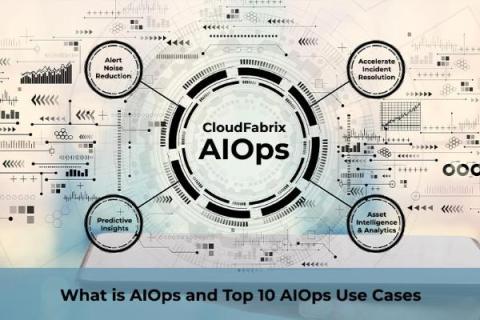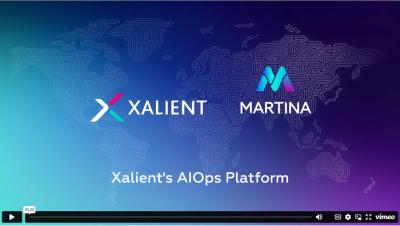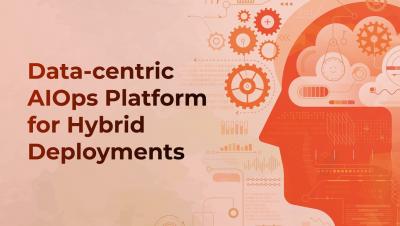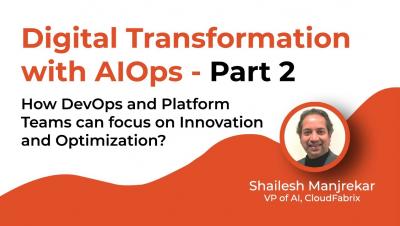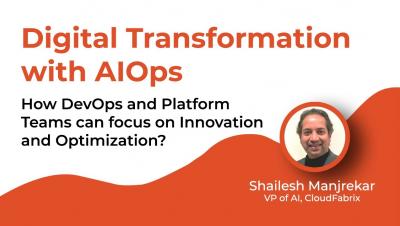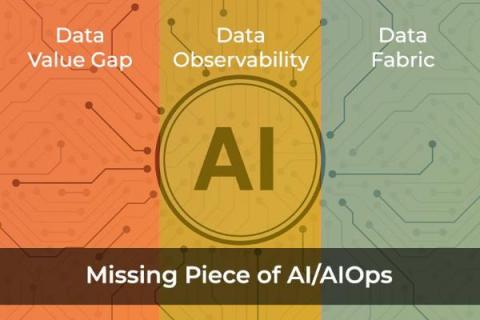What is AIOps and What are Top 10 AIOps Use Cases
Artificial Intelligence for IT Operations (AIOps) is an advanced analytics and operations management solution that is designed to help organizations address the challenges of monitoring and managing IT operations in the era of digital transformation. AIOps leverages the power of Artificial Intelligence and Machine Learning Technologies to enable continuous insights across IT operations monitoring.


